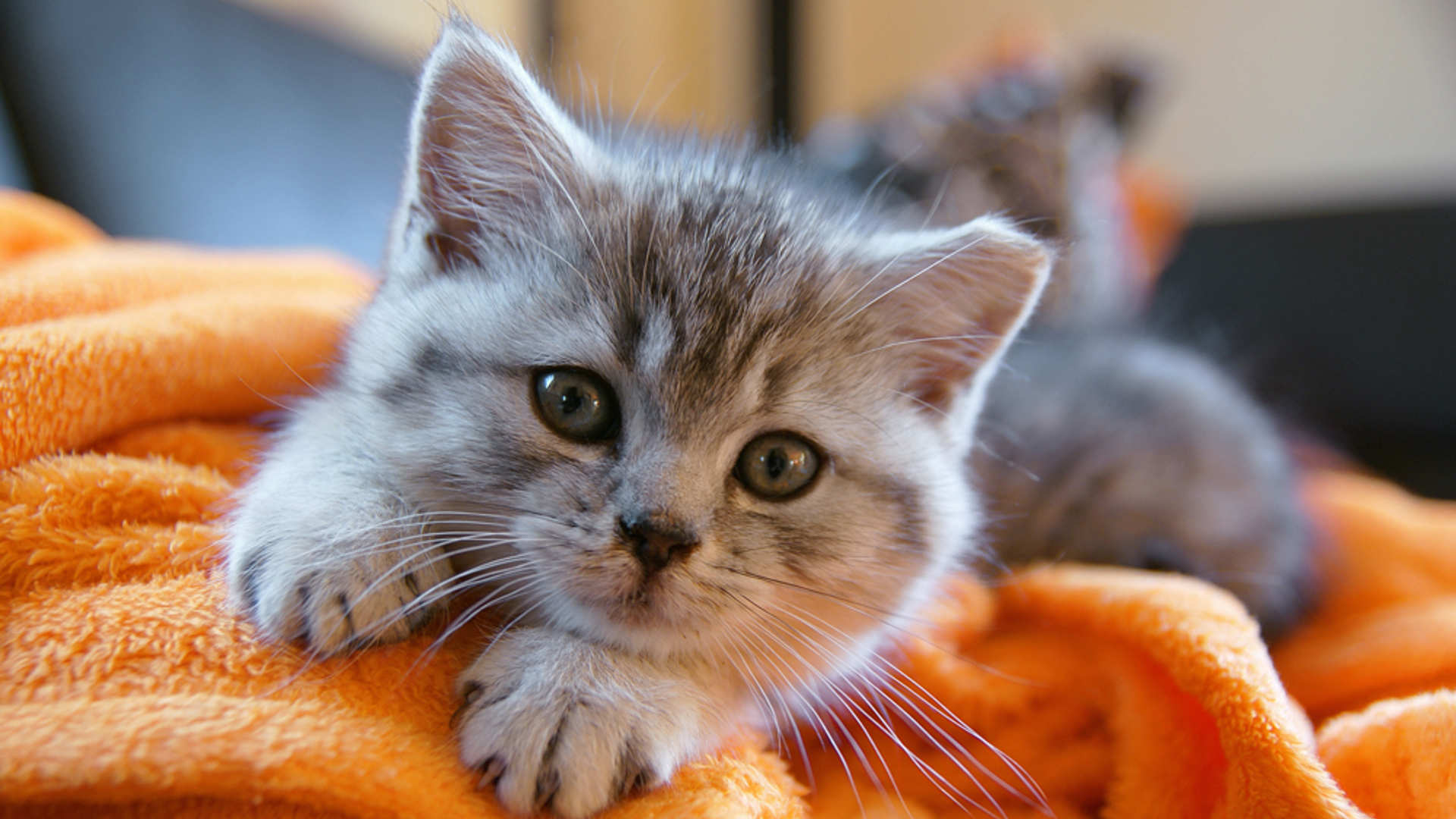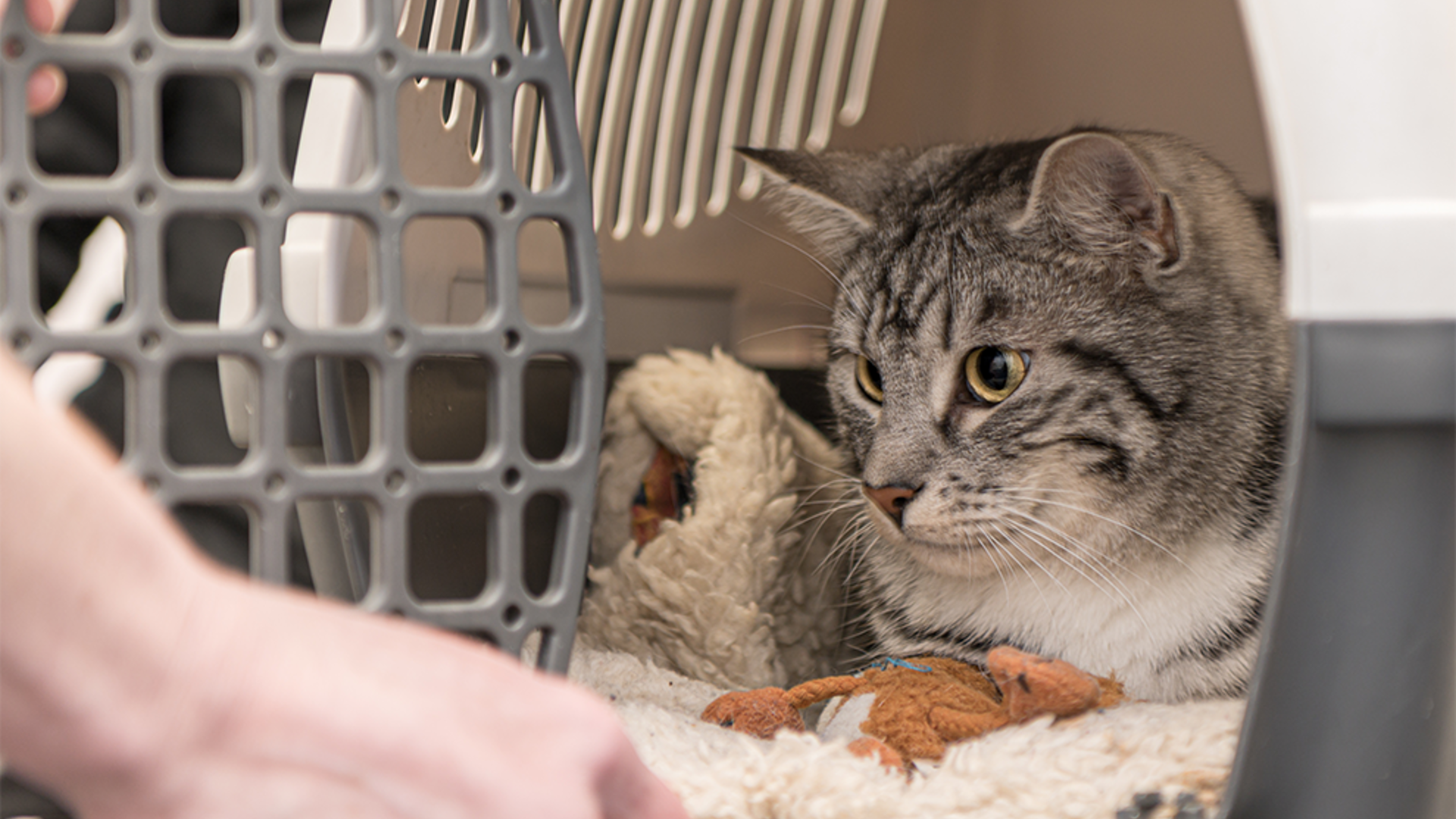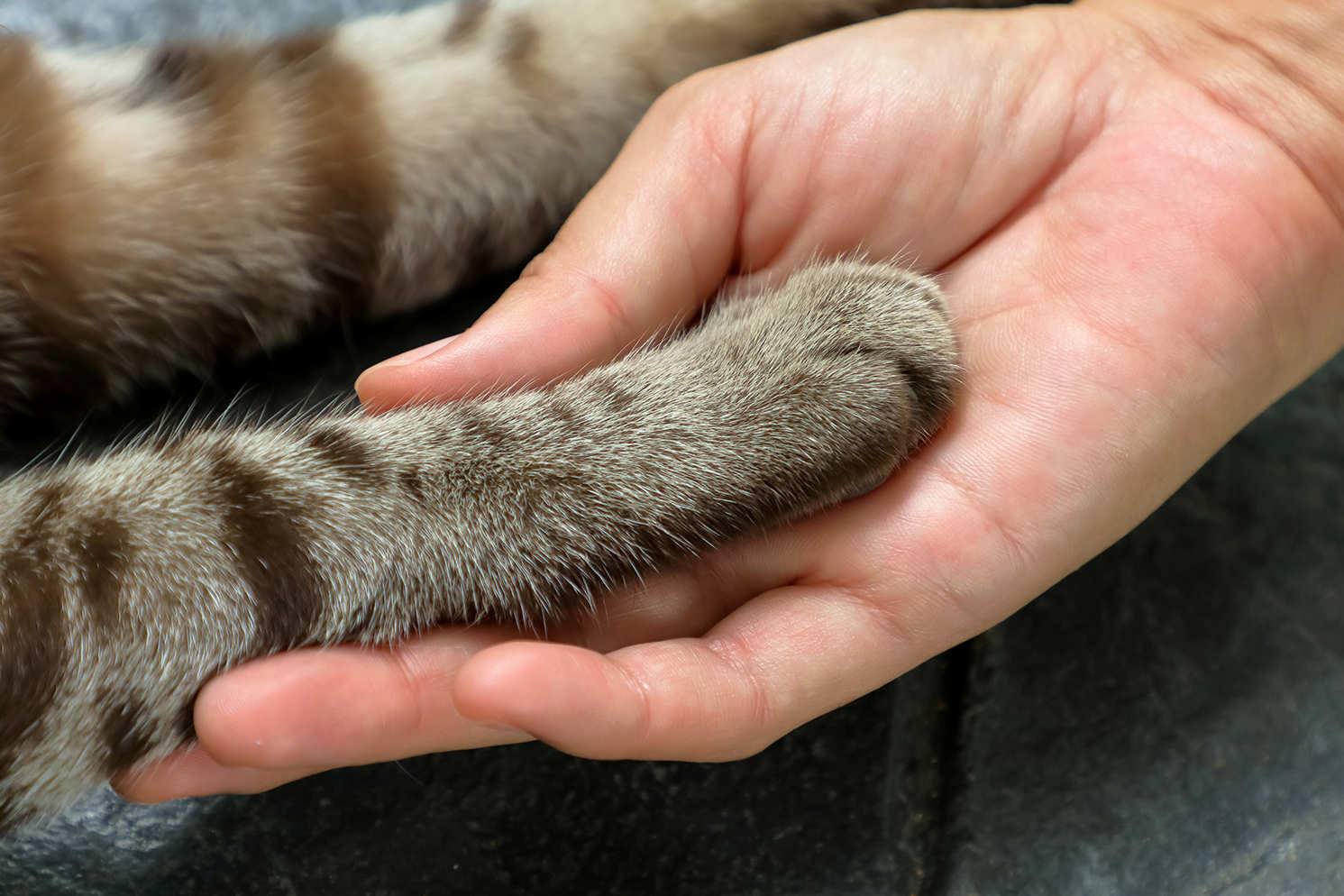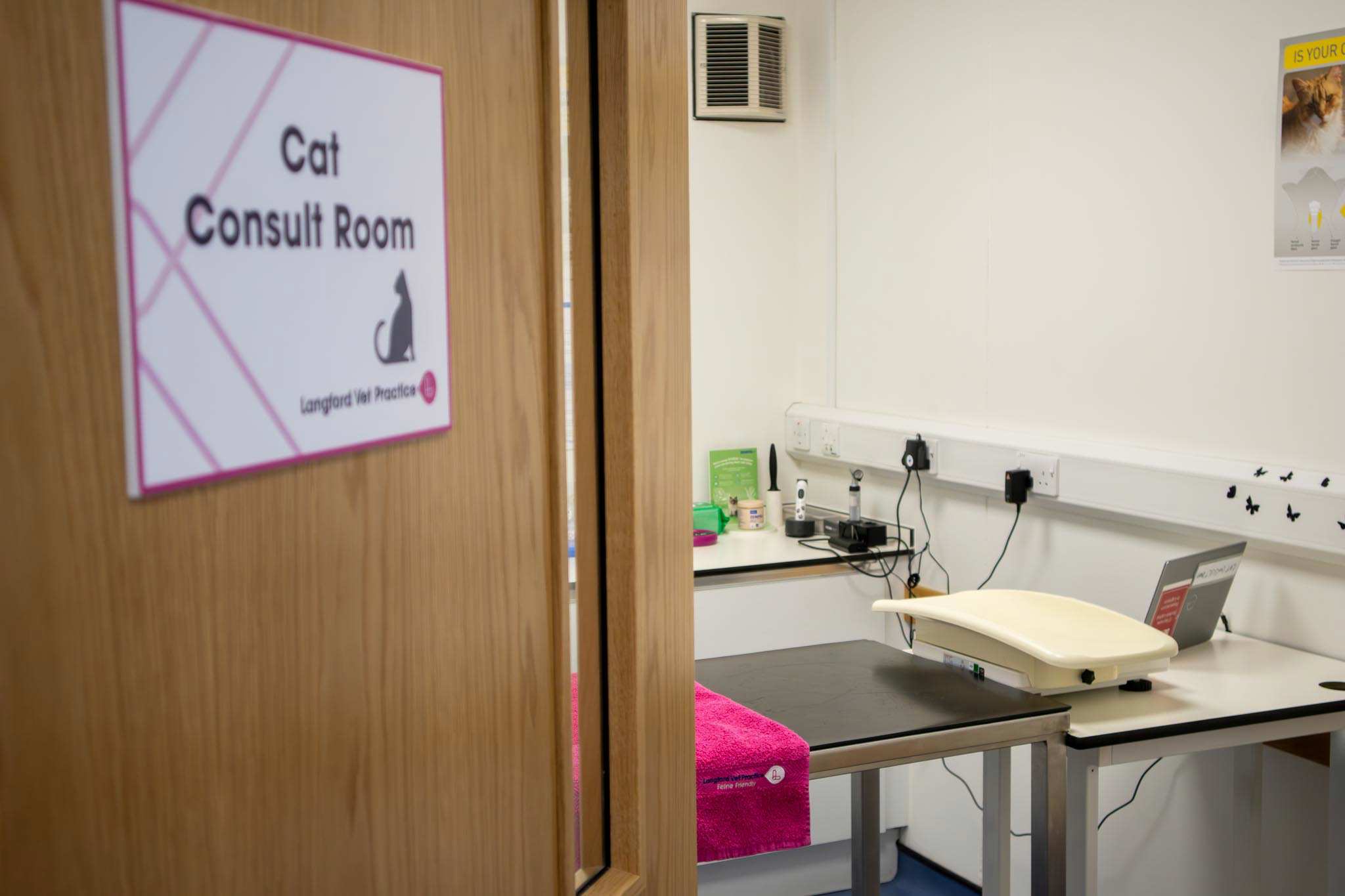
The Journey
A point of anxiety for your cat when visiting the vets may be the car journey. For some patients, travel can be stressful, so it is important to make this as stress free as possible to have a positive veterinary experience. Cats feel safe and in control at home, with their own owners, traveling and new places can be very upsetting to them. Unlike dogs, most cats don’t go for regular car journey’s, other than for a vet visit, so they often will just associate the car with a visit to the veterinary practice. It’s vital to recognise and manage your cat’s anxiety. Routine health checks are vital to ensure the long-term health of your cat so controlling the anxiety is important, so it does not prevent you from visiting the vet.
It is not safe to drive with a loose cat in the car. Keeping your cat in a secure carrier is essential to prevent accidents and ensure their safety. In the event of an emergency, loose cats may distract the driver, escape through open windows or doors, or experience serious injury. It is recommended to use a pet carrier that can be secured to the car's seat belt system to keep your cat safe during the journey. If your cat hasn’t travelled in a car before, introduce them to travel gradually. Start with a short trip and go on a slightly longer journey the next time.
Your cat may be loud and meowing excessively. This is a sign of stress, but they should settle down eventually. You can show them attention and help them calm down a little by talking to them gently and reward them with treats when the journey is over.
Calming products are also available to help reduce stress, such as Calmex, Feliway or Pet Remedy. Putting a familiar blanket or toy with your cat’s scent in the carrier can also make them feel more at ease.
The Waiting Room
Ideally choose a vet practice that has a separate and completely contained cat waiting area and consult room so there is no contact or odour of dogs to cause fear to your cat. Langford’s Vet Practice has been awarded the ‘Cat Friendly Clinic' - Silver Practice status by ISFM. We even have a separate door to enter, so they never have to see another dog, avoiding possible noise or a crowded room.
We have specially allocated cat parking areas and towels to cover them to make your cat feel secure and private, from other cats too, during their visit. If you feel they are getting stressed or don’t have a separate waiting room, you can choose to wait outside or in the car (if it’s not too hot), but please notify a member of the reception team where you will be waiting.

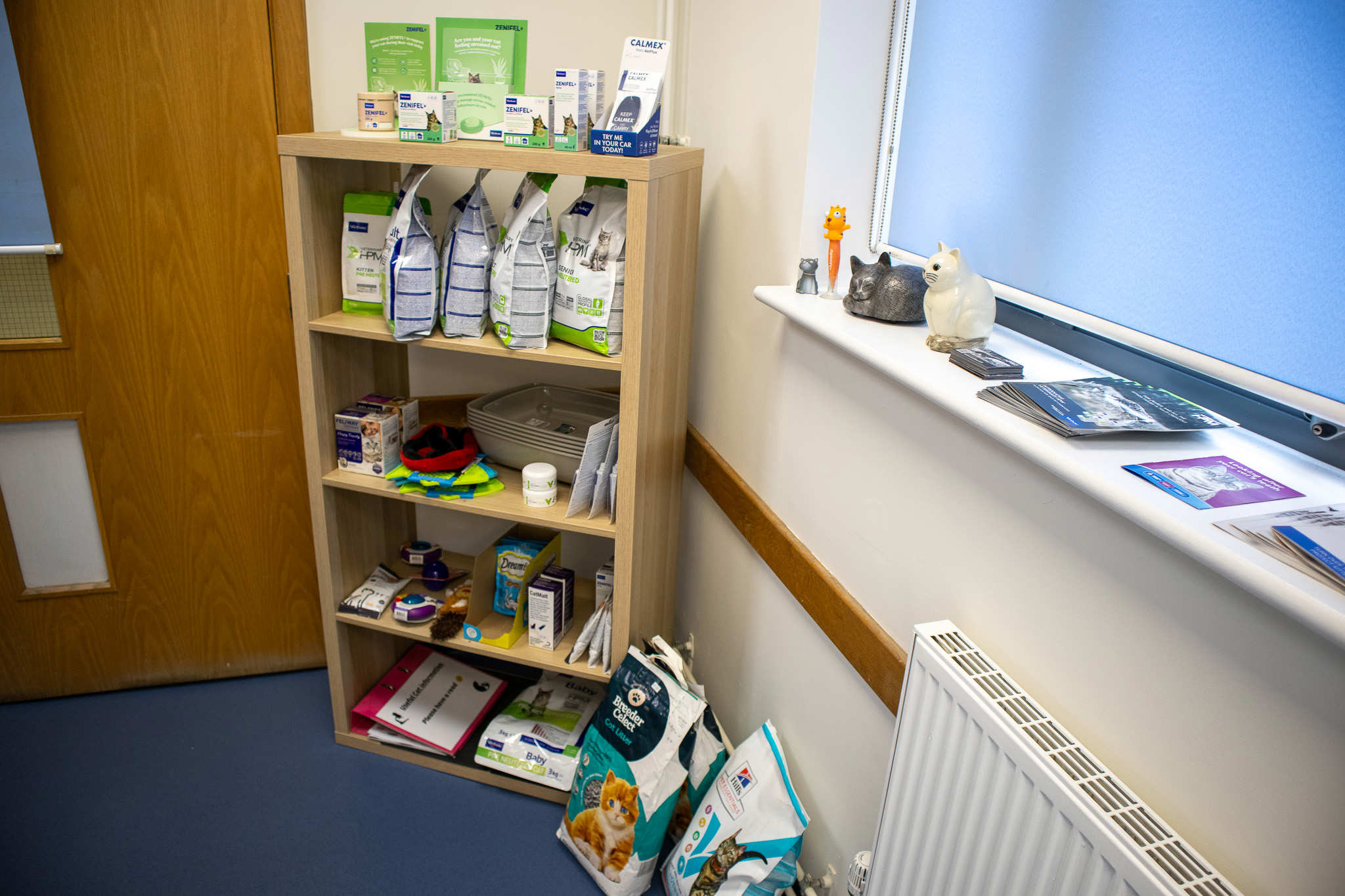
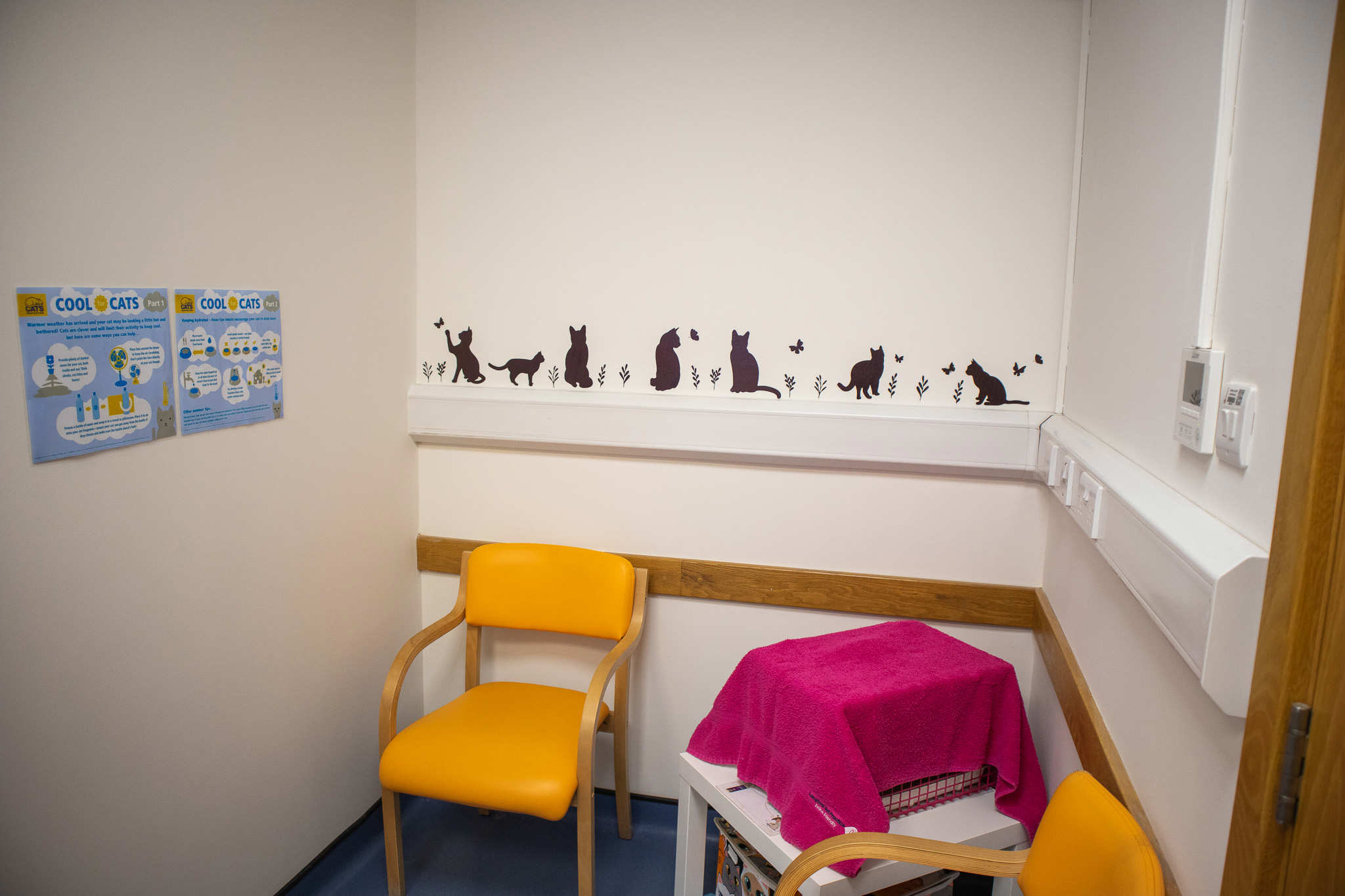
Signs of Anxiety in Cats
To help monitor your cat’s behaviour throughout the journey, consultation and the whole process, here are some signs that your cat may be suffering anxiety.
Tail flicking or being held close to their body, restless pacing, trying to escape or hide, freezing, shaking, rapid breathing, howling, hissing or even growling. Taking a crouched body position, dilated pupils, flattened ears, flattened whiskers, continuous licking or over grooming, and in extreme situations urination, defecation or aggression.
Triggers for Stress
Surroundings and people that are unfamiliar to your pet will heighten their anxiety and fear levels. Cats senses of sight, smell and hearing are far more developed than ours and may feel things that you may not even detect. They may also find the motion of the car upsetting and develop travel sickness, signs of this will be salivating and possibly even vomiting. This may also happen too at times of high anxiety. Often cats only ever go into their carriers to travel or go to the vets which will results in developing a negative association to both situations. Your behaviour can also affect your pets feeling and reactions, so try to remain calm, as they will feed off your anxiety levels too.
Top Tips for Making a Visit to the Vet Easier
- Choose a practice that has cat friendly areas, that dogs are not allowed.
- Call the vets and ask if they have times when the practice is quieter to make an appointment.
- Prior to the visit, get your cats used to their carrier by leaving it out at home, so they can explore it, enter it and sniff it to become familiar with it.
- Make it less scary by placing toys, treats, favourite blankets etc. inside so the scent is familiar.
- When choosing a carrier make sure it has easy access and can be dissemble, avoid one where you have to push them through the door and avoid less secure options, such as fabric carriers or even harnesses, they like to hide and feel safe.
- Ensure the carrier has space to allow your cat to stand up and turn around, so they can make themselves comfortable, and ensure it’s large enough to get your cat in and out without a struggle.
- Carry your cats gently, avoid swinging or bumping it while you walk and raise and lower it slowly.
- You can always take your cat for short rides which will help acclimatise your cat to both the carrier and car.
- If playing music, choose music that has been developed for cats, that has pitches and rhythms that cats enjoy.
- Place the carrier on the back seat as there is less motion and is safer, attach to the seat belt system to secure, and you can always cover them with a towel.
- On arrival possible options are, leave the cat quietly in the car and let reception know you have arrived or take to the waiting room and place in a cat waiting area or chair, avoid the floor, and turn the carrier away from other animals.
Hopefully this will help make you cats journeys to the vets easier and a less stressful experience for you all.
Stay in the know Related articles & advice
-
Behaviour

-
Vaccinations
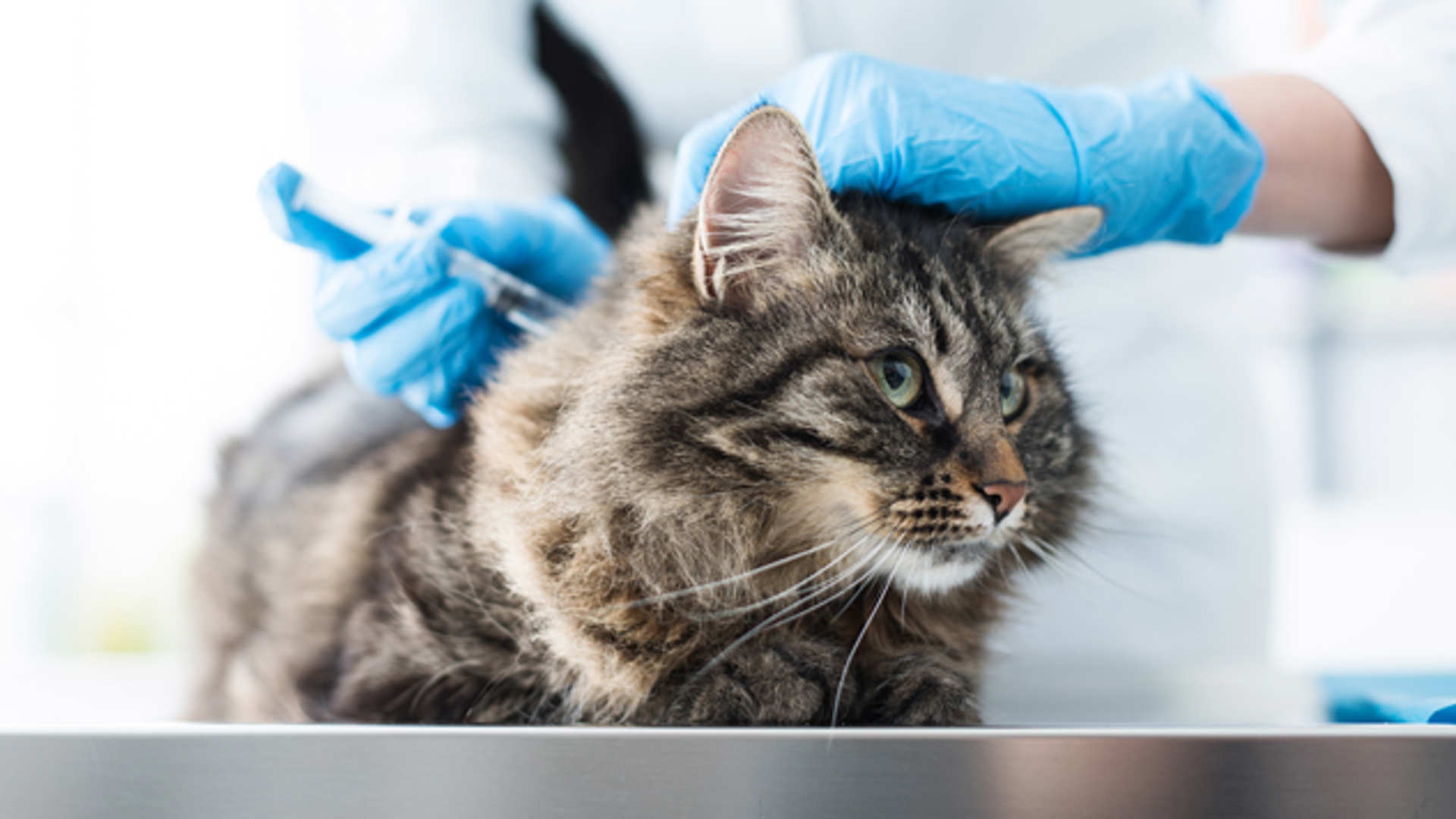
-
Neutering
